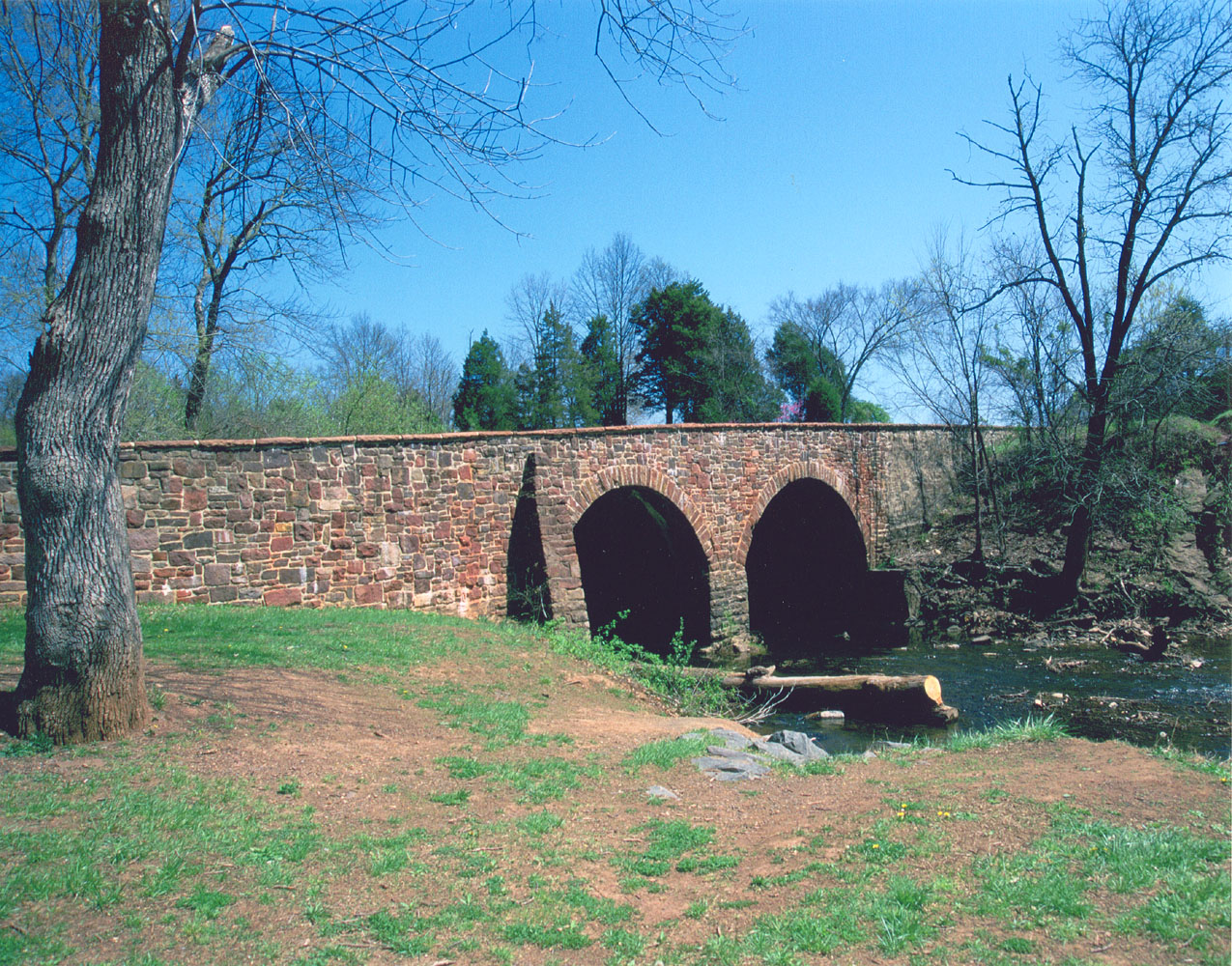
Manassas or Bull Run? This was the question that we were asking ourselves as we drove down I-66 on Labor Day 2011. As it turns out, we learned, from a quick iphone query, many of the battlefields in the Civil War have two names. One name reflects how Northern or Union forces identified them, while the other name reflects out the Southern or Confederate forces identified them. In this case, probably the most famous of the 15 or so battles with two names: First Manassas is the Southern name, while First Bull Run is the Northern name. The Northern side often named battles for bodies of water or natural features. The Southern side most often used the name of the nearest town or man-made landmark. Here is a list of American Civil War battles with their Southern (S) and Northern (N) names:
- First Manassas (S) and First Bull Run (N)
- Oak Hills (S) and Wilson's Creek (N)
- Leesburg (S) and Ball's Bluff (N)
- Mill Springs (S) and Logan's Cross Roads (N)
- Elkhorn Tavern (S) and Pea Ridge (N)
- Shiloh (S) and Pittsburg Landing (N)
- Seven Pines (S) and Fair Oaks (N)
- Mechanicsville (S) and Battle of beaver Dam Creek (N)
- Gaines's Mill (S) and Chickahominy River (N)
- Second Manassas (S) and Second Bull Run (N)
- Ox Hill (S) and Chantilly (N)
- Boonsboro (S) and South Mountain (N)
- Burkittsville (S) and Crampton's Gap (N)
- Sharpsburg (S) and Antietam (N)
- Perryville (S) and Chaplin Hills (N)
- Murfeesboro (S) and Stones River (N)
- Mansfield (S) and Sabine Cross Roads (N)
- Winchester (S) and Opequon (N)
I don't know a lot about the Civil War, but I am fascinated by it. It is a relentlessly studied subject, and I recently learned at the Abraham Lincoln Library that President Lincoln lags only Jesus in terms of biographies written about him. I don't know if that is true or not, but it seems plausible. What I do know about the First Manassas (that is how the National Park Service refers to it) is that it was one of the first major land battles of the Civil War. While the first shots were fired at Fort Sumter in South Carolina a few months earlier, the shots fired here were in anticipation of a short battle with a quick Northern victory. I also remember reading somewhere that there were spectators that came from Washington, D.C. to watch the action thinking that there would be a quick Northern victory. What ultimately happened was that the Confederate side won the day, but suffered so many casualties they were unable to pursue the North into Washington, D.C. This battle is also commemorated for the fact that it was the first time in world history that soldiers were transported by train (on the Southern side).
 |
| "Stonewall" Jackson monument at First Manassas Battlefield with sleepy daughter, nephew and Moose. |

Secondly, Henry House Hill figured prominently. The Henry family owned the farm on which much of the fighting of First Manassas took place. "Stonewall" and his men fought from positions on the Hill. There is a house on top of the hill in the park. This is where many of the Hill family is buried including the matriarch, ultimately killed during by a shell during the battle. The house has been refurbished and you can see the interior during your walk around the park.
Finally, the beautiful Stone Bridge features prominently in today's park. It markets the eastern entrance of the park. It was destroyed during First Manaassas. The bridge lay in ruins after the battle.

Later it was refurbished using the original design.


No comments:
Post a Comment